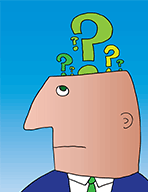
Part 2. The future of self-advocacy: What goals do self-advocacy groups in the United States have for the future?
Self-advocacy work has made life better for lots of people with disabilities.
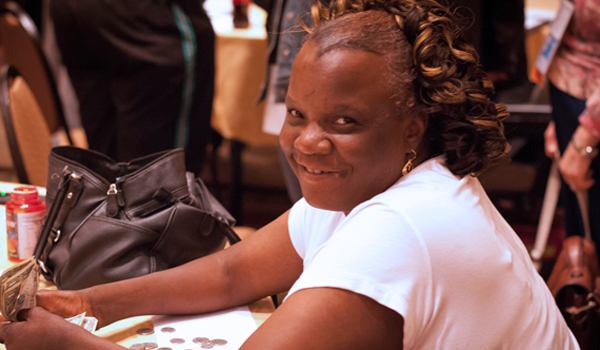
It has changed attitudes. It has forced changes in the community.
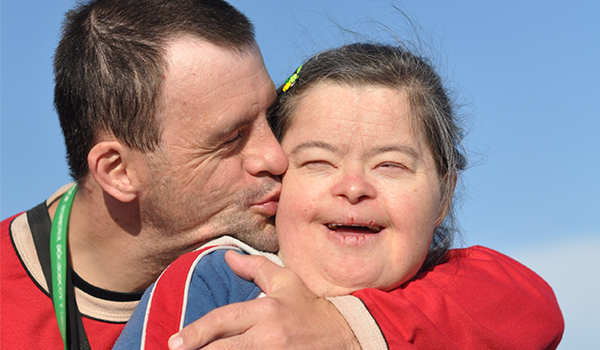
Self-advocacy groups need to be strong to get their work done. Not all groups are strong enough to do their work.
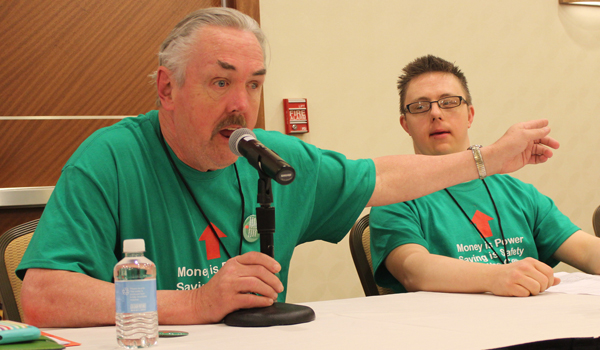
This is the important question: What goals do self-advocacy groups in the United States have for the future?
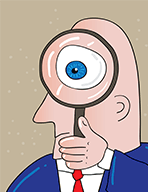
This is what we did
In 2011 and 2012 we held nine big meetings around the United States.
Teams from every state and territory came to the meetings. There were a total of 56 teams.
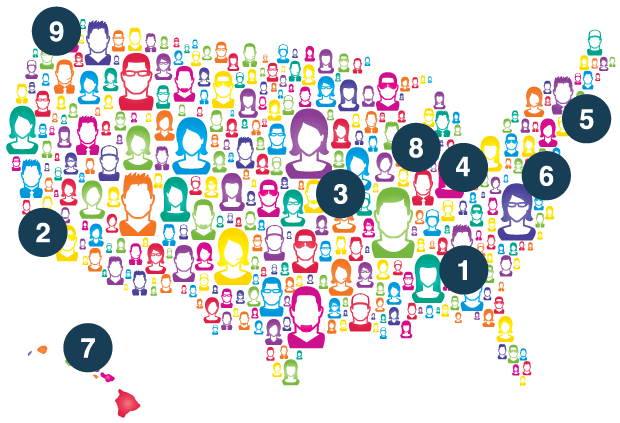
Each team was made up of self-advocates and professionals.
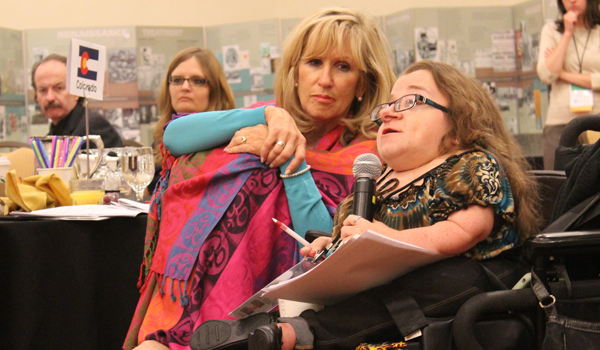
Each team made a plan to make self-advocacy groups stronger in their state.
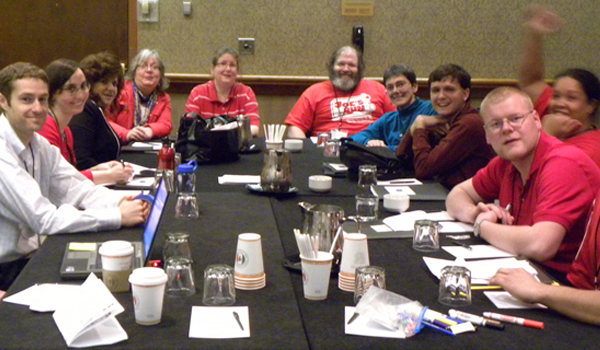
Teams presented their plans to the whole group.
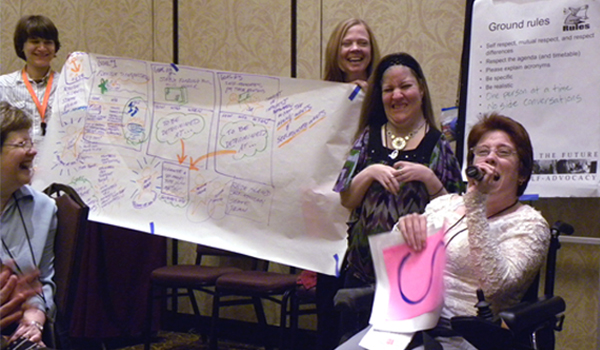
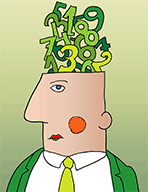
These are the goals groups talked about
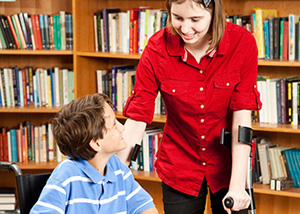
Help self-advocates be leaders
- Give self-advocates training on how to be a leader.
- Find more ways to be leaders.
- Encourage youth with disabilities to be leaders.
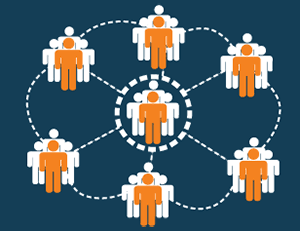
Work with other groups in their state
- Make a central state self-advocacy group.
- Have regular meetings for groups to get together.
- Set up a way to share information with other groups in their state.
- Work together to figure out how to get money.
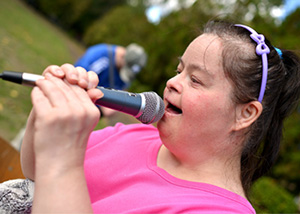
Join forces with new types of people and organizations
- Talk to other disability groups.
- Talk to schools, hospitals, youth groups, and community groups.
- Find more members.
- Find ways to tell people with disabilities about self-advocacy.
- Reach out to people who are ethnic minorities and people who don’t speak English.
- Talk to youth with disabilities.
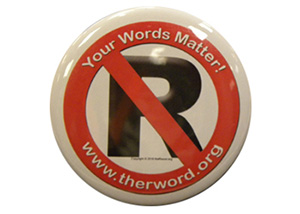
Talk to people in the community
- Teach people about the self-advocacy movement. Tell them why it is important.
- Talk to employers. Ask them to hire people with disabilities.
- Teach people to use respectful language. Ask people not to use the “R” word.
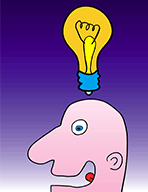
The answer to the question
What goals do self-advocacy groups in the United States have for the future?

Self-advocacy groups have many good ideas for their futures. They plan to —
- Find members and help them to be leaders.
- Work with other organizations.
- Reach out to the community.

TAKE ACTION! Share this with others
Self-advocacy can make your life better. Join a self-advocacy group near you!
Show this to people in your life:
- Show your friends
- Show your DSP
- Show your family
Show this to people who can make life better for lots of people with disabilities:
- Show policy makers
- Show self-advocacy groups
- Show service providers
Use this information to make your life better
Information about the report
Who did this knowledge translation?
This knowledge translation was created by the Research and Training Center on Community Living at the Institute on Community Integration, University of Minnesota.
Who did this research?
This research was done for the Association of University Centers on Disabilities by the Institute on Disability and Human Development, The University of Illinois at Chicago.
What is the title of the report?
Envisionsing the Future: Allies in Self-Advocacy Final Report
Who wrote the report?
Joe Caldwell, Katie Keiling Arnold, Mary Kay Rizzolo, Institute on Disability and Human Development, The University of Illinois at Chicago
Where can I find the full report?
Full version of the report: http://testaucd.files.wordpress.com/2012/10/2012allies_report_web1.pdf
Short version of the report: http://testaucd.files.wordpress.com/2012/10/self-advocacy-summit-report-summary2012_final.pdf
Video summary of the report: http://www.youtube.com/watch?v=oecRktdpBg8&feature=g-upl
Report citation
Caldwell, J., Arnold, K.K., & Rizzolo, M.K. (2012). Envisionsing the future: Allies in self-advocacy final report. Chicago: The University of Illinois at Chicago, Institute on Disability and Human Development.
